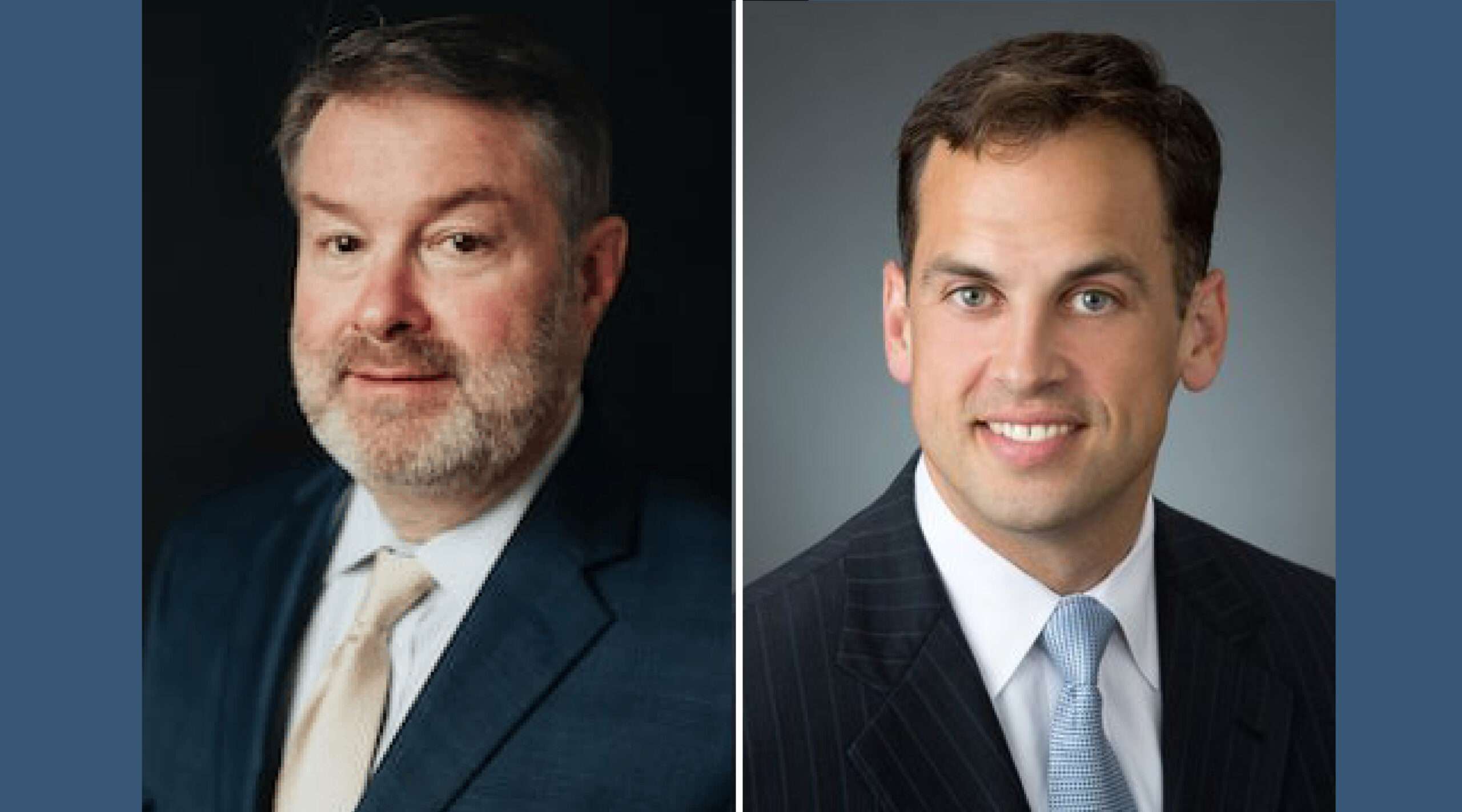You’re waiting at a traffic light, when suddenly the world shakes as you are rear ended by another vehicle before crashing into the vehicle ahead. You’re headed down the highway to visit family, but a car ahead looses control and you’re abruptly involved in a multi-car pileup. Northern Georgia’s population is growing, and this increase in population and traffic can easily lead to wrecks that impact many drivers.
These collisions can be complex and challenging to navigate, especially when it comes to determining liability. If you’ve been in a multi-vehicle collision in the state of Georgia, it is wise to seek legal counsel for an expert assessment of your case and a clear outline of your next steps. Your attorney can assess your eligibility for damages and advise you on what steps to take toward recovering your losses.
Comparative Negligence in Georgia
Georgia follows a modified comparative negligence system, which means that each party involved in an collision may be assigned a percentage of fault. Under this system, an injured party can still recover damages as long as their percentage of fault is less than 50%. However, their total recovery will be reduced by their percentage of fault.
For example, you may be able to demonstrate that you have sustained $100,000 in damages. However, you carry 20% liability for the collision. The court can award you 80% of the damages, or $80,000 in this scenario divided among the percentage of fault of the responsible parties. If you are determined to be more than 50% at fault in the wreck, you are deemed ineligible for any compensation.
Establishing Liability in Multi-Vehicle Collisions
Determining liability in a multi-vehicle collision can be a complex process that requires a thorough investigation. A thorough catalog of evidence that covers the entire incident is essential to help you recover your damages after the wreck. Your attorney will speak to experts and witnesses, and seek out photographic and video evidence of what happened in the collision. We will seek out a wide range of evidence, including:
- Chain of Events. Understanding the sequence of events leading to the wreck is crucial. Identifying the initial point of impact and subsequent collisions helps establish the chain of events and each driver’s role in the collision(s).
- Eyewitness Testimony. Eyewitness accounts can provide valuable insights into the moments leading up to the collision. Gathering statements from individuals who witnessed the wreck can help corroborate your version of events.
- Traffic Laws and Regulations. Assessing whether any of the involved parties violated traffic laws or regulations is essential. This includes speeding, failure to yield, running red lights, or other violations that may have contributed to the collision.
- Expert Analysis. Accident reconstruction experts can use their expertise to recreate the wreck and determine factors such as speed, braking, and the point of impact. In the right cases, expert opinions can strengthen the case when establishing liability.
- Video Footage and Photographs. Video footage from traffic cameras, nearby businesses, or even dashboard cameras can provide valuable evidence. Additionally, documenting the scene through photographs can help recreate the conditions at the time of the collision(s).
Potential Liability Scenarios
In multi-vehicle collisions, liability is often shared among multiple parties. The most common scenarios include chain reaction collisions and intersection collisions. In cases where one driver rear-ends another, causing a chain reaction, the responsibility may lie solely with the initial rear-ending driver. However, other drivers may share a portion of the liability based on their actions leading up to the collision.
A multi-car collision at an intersection may be caused by a driver who failed to yield the right of way, ran a red light, or violated traffic signals. Again, it is possible for other drivers to share liability based on their actions prior to the wreck. Aggressive or careless driving are common causes of a multi-car collision. However, there are rare cases where no one is at fault. It may be that a court finds that severe weather or an Act of God is the cause of the wreck, even if many vehicles are involved and there are significant damages resulting from the wreck. If no one is declared responsible for a multi-car collision, you may have some coverage with your own insurance policy, but understanding this coverage may be challenging.
Seeking Legal Advice
Navigating the complexities of liability in multi-vehicle collisions requires a comprehensive understanding of Georgia’s legal framework. If you’ve been involved in such a collision, seeking the guidance of a skilled personal injury attorney is crucial. With a thorough investigation and a commitment to protecting your rights, our team at Lazenby Law Group can navigate the legal process and pursue fair compensation for your injuries and damages.



